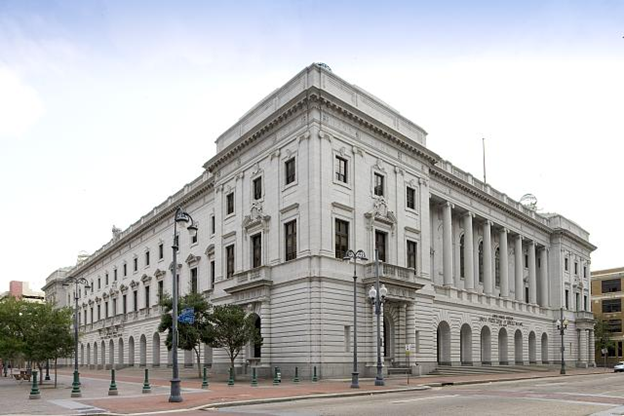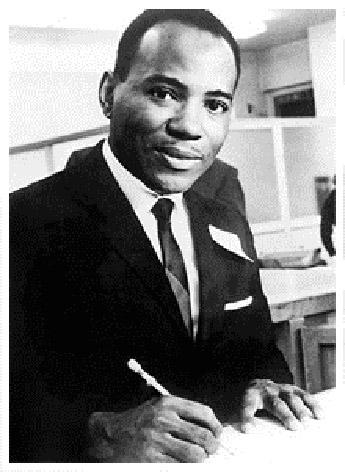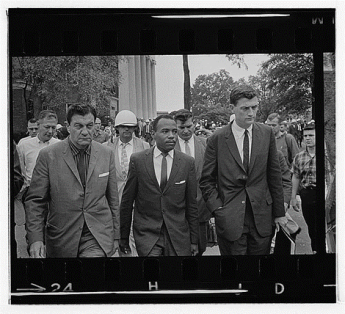
Meredith v. Fair: Seeking Equal Education Through the Court System
Post filed in: Historic Buildings

The shared memory of the American struggle for racial justice evokes scenes of activists and everyday people peacefully, doggedly fighting the entrenched conventions of the Jim Crow South. That fight, ultimately, was an effort to bring about legislative change that could lead to social change. Those legal changes had to be enacted via entreaties through the federal courts system; and the decisions made in several southern courtrooms provided the foundation for further action in the fight for equality. Today, GSA is the steward of the historic buildings where many of these landmark decisions took place.
In 1961, Air Force veteran James H. Meredith applied to the University of Mississippi in Oxford for admission. After the university delayed responding, Meredith appealed to the U.S. Department of Justice, writing, “America is a great nation.
It has led the world in freedom for a long time … However, I feel that a greater use should be made of the Negro potential. In my state, this is generally impossible under the present set-up.” A few months later, the university formally rejected his application.
With the help of the National Association for the Advancement of Colored People (NAACP), Meredith sued the state of Mississippi for the right to attend, and the case began working its way through the courts. A federal district court decision ruled Meredith had failed to prove that the school had a policy of denying admission to black applicants. The U.S. Court of Appeals for the Fifth Circuit subsequently reversed the decision, with Judge John Minor Wisdom writing, “A full review of the record leads the court inescapably to the conclusion that from the moment the defendants discovered that Meredith was a Negro they engaged in a carefully calculated campaign of delay, harassment, and masterful inactivity.” The U.S. Supreme Court later upheld the Fifth Circuit ruling.

After the chief justice of the United States ordered that the University of Mississippi admit James Meredith, Governor Ross Barnett repeatedly blocked his registration. The court again intervened, but the continued opposition of Barnett and the Board of Trustees prompted the Kennedy administration to act. After negotiations with Barnett, President Kennedy dispatched the Mississippi National Guard and U.S. Army to Oxford. In the wake of violent campus riots, Meredith enrolled on October 1, 1962. He graduated in 1963.
The U.S. Court of Appeals for the Fifth Circuit emerged as a leader in the American civil rights movement. GSA’s John Minor Wisdom U.S. Court of Appeals Building in New Orleans, which was designated a National Historic Landmark in 2015, bears the name of the judge who wrote the opinion that Meredith should be admitted to the university. “I forced the President of the United States and the Supreme Court to back my rights as an American citizen, and the federal courts ordered me into the university,” Meredith wrote in September 2020, further reflecting, “When I see people across America — and around the world — peacefully marching for racial justice and honoring the memory of George Floyd and other martyrs like Medgar Evers, my best friend and brother-figure from so long ago, I am filled with both joy and hope.”

 U.S. General Services Administration
U.S. General Services Administration
